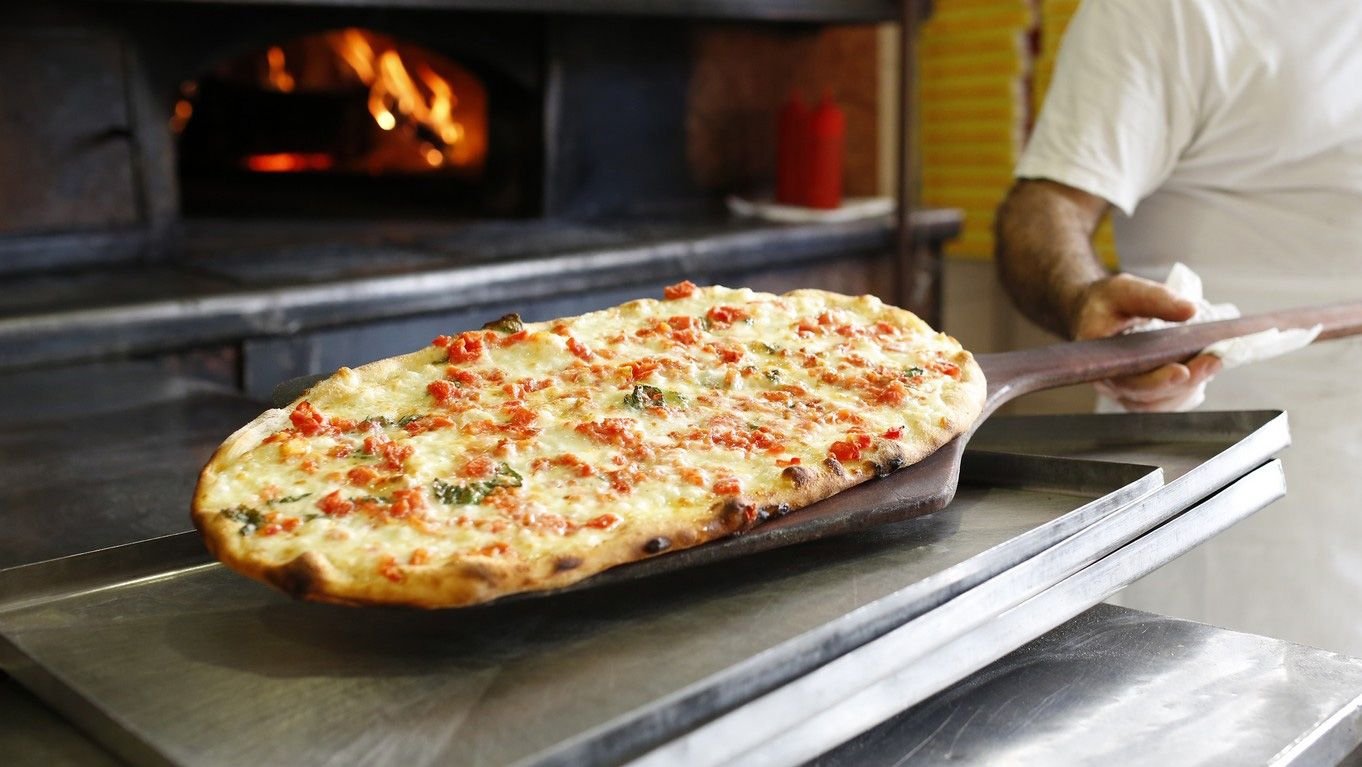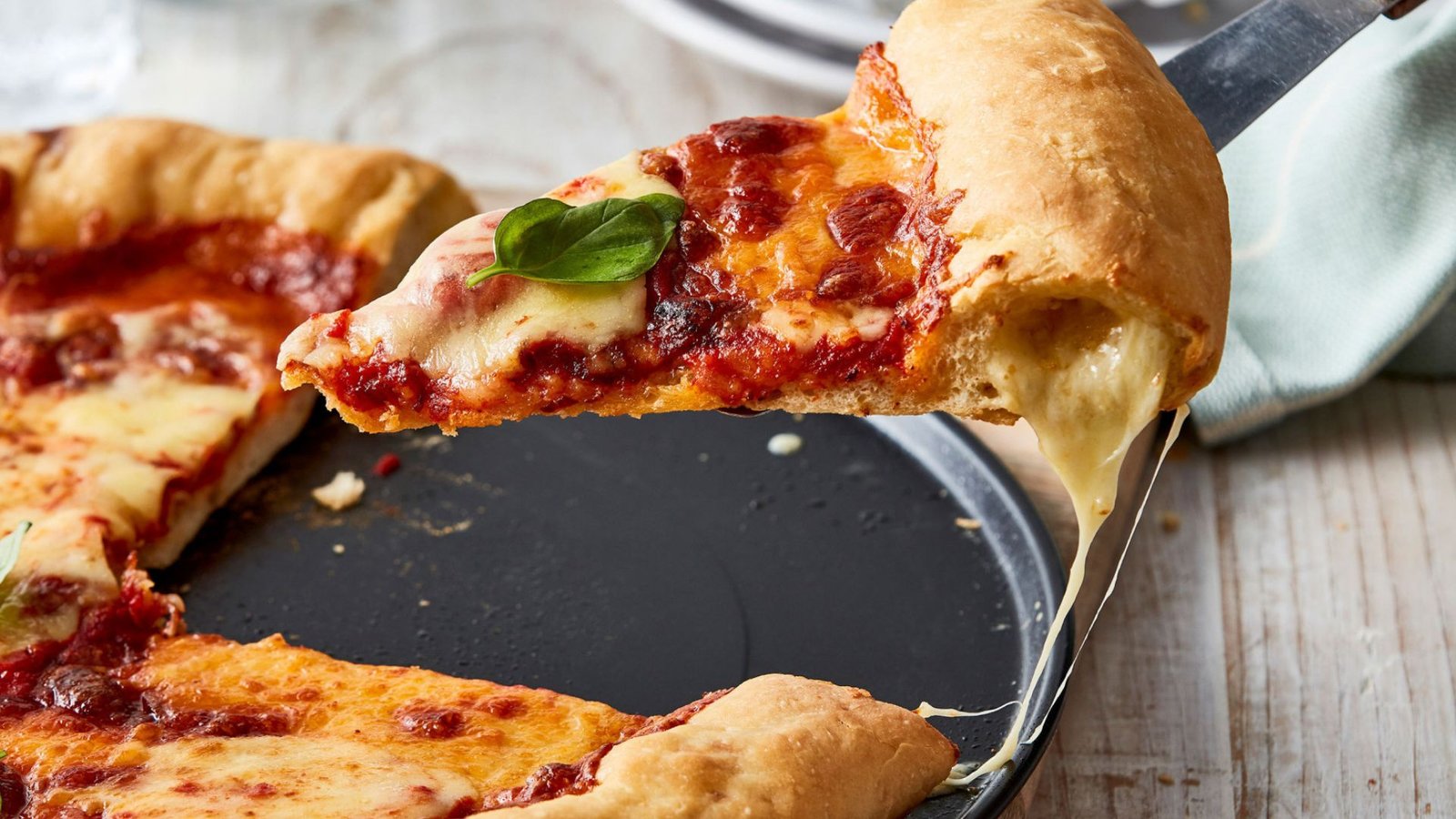1. Pompeii’s Ancient Flatbread
Ingredients:
- Flour: Typically made from ancient grains like spelt or barley.
- Water: Used to form the dough.
- Olive Oil: Added for richness and flavor.
- Herbs and Spices: Such as oregano, basil, or fennel for seasoning.
Preparation:
- Baking Method: Baked in stone hearths or wood-fired ovens, similar to modern pizza.
- Toppings: Simple ingredients like olive oil, herbs, and occasionally cheese or honey.
Revival: Chefs are recreating Pompeii’s ancient flatbreads using historical records and archaeological findings, offering a glimpse into ancient Roman culinary traditions.
2. Byzantine Gastronomy: Plakountos
Ingredients:
- Dough: Made from wheat flour and water, similar to modern pizza dough.
- Toppings: Varied, including cheese, honey, or sesame seeds.
- Herbs: Often used for seasoning and flavor.
Preparation:
- Cooking Method: Baked in communal ovens or on heated stones.
- Sweet and Savory: Combines sweet and savory flavors in a single dish, reflecting Byzantine culinary tastes.
Revival: Food historians and chefs are adapting ancient Byzantine recipes like plakountos to modern tastes, using traditional techniques and ingredients.

3. Medieval Pies: Italian Scazzata
Ingredients:
- Dough: Prepared with wheat flour and sometimes yeast for leavening.
- Fillings: Varied fillings such as cheese, herbs, vegetables, or meats like pork or lamb.
- Spices: Used generously for flavor enhancement.
Preparation:
- Enclosed Pies: Often baked in closed, pie-like forms rather than open-faced pizzas.
- Regional Variations: Reflects local Italian culinary traditions and ingredients.
Revival: Contemporary chefs reinterpret medieval Italian scazzata, preserving historical authenticity while adapting to modern palates and cooking methods.
4. Ottoman Cuisine: Lahmacun
Ingredients:
- Thin Dough: Rolled out thinly, resembling a flatbread or thin-crust pizza.
- Toppings: Minced meat (often lamb or beef), onions, tomatoes, and herbs (like parsley and mint).
- Spices: Including paprika, cumin, and cinnamon for a distinctive flavor.
Preparation:
- Baking: Traditionally baked quickly in hot ovens or on griddles.
- Serving Style: Often served with fresh herbs, lemon wedges, and sometimes yogurt.
Revival: Lahmacun has gained popularity in Mediterranean and Middle Eastern cuisines, with variations adapted to regional tastes and ingredients.
5. Renaissance Focaccia
Ingredients:
- Dough: Made with flour, water, yeast, and olive oil.
- Toppings: Simple, often olive oil, herbs (like rosemary or thyme), and sometimes cheese or vegetables.
- Baking: Baked in stone ovens, yielding a crispy yet airy texture.
Revival: Focaccia, a precursor to modern pizza, continues to be enjoyed worldwide, with traditional and modern variations incorporating local ingredients and flavors.
Conclusion
“Historical Pizzas: Reviving Ancient Recipes” celebrates the rich heritage of pizza-like dishes throughout history, showcasing how these ancient recipes are being rediscovered, interpreted, and enjoyed in contemporary gastronomy. By reviving and adapting historical techniques, ingredients, and flavors, chefs and food enthusiasts honor culinary traditions while offering new insights into the evolution of pizza. Whether inspired by ancient Roman flatbreads or medieval Italian pies, these historical pizzas offer a delightful journey through time, connecting modern diners to the flavors and traditions of the past.











